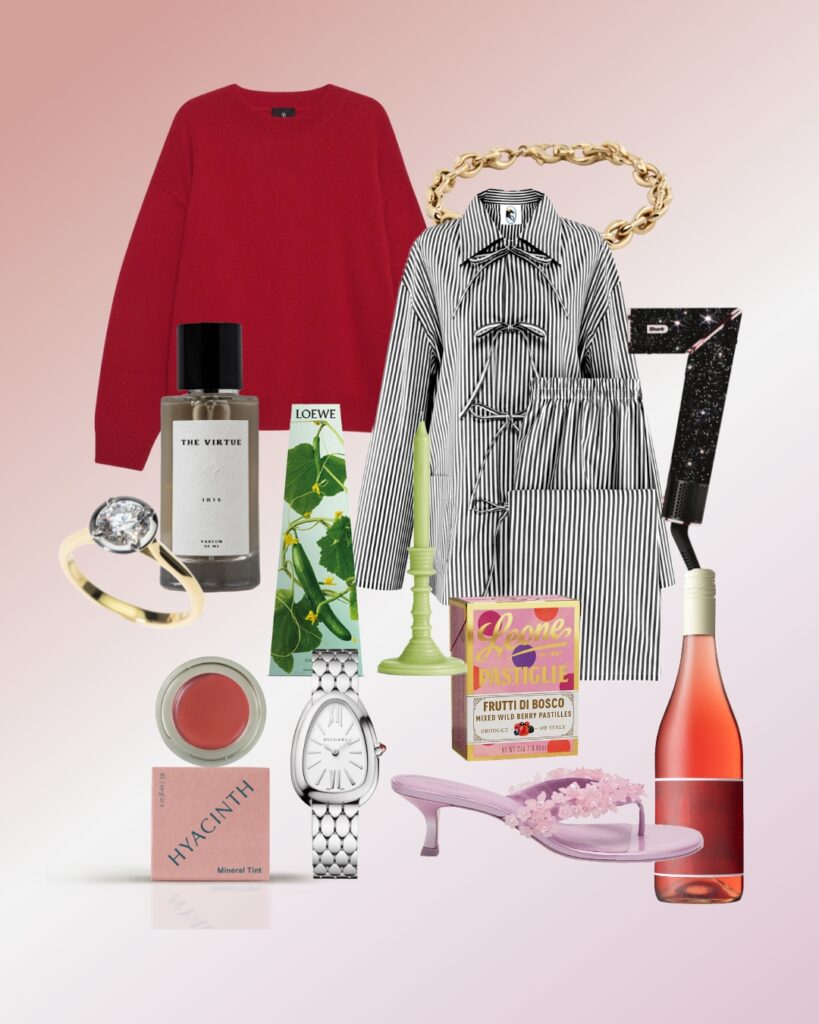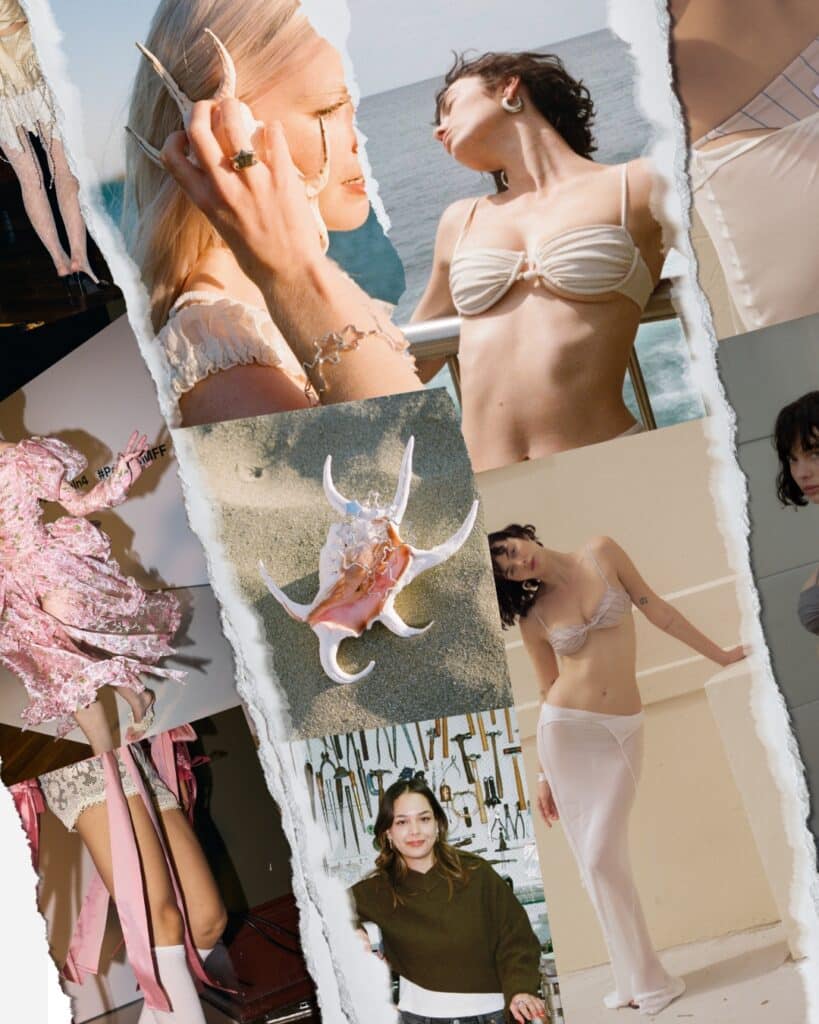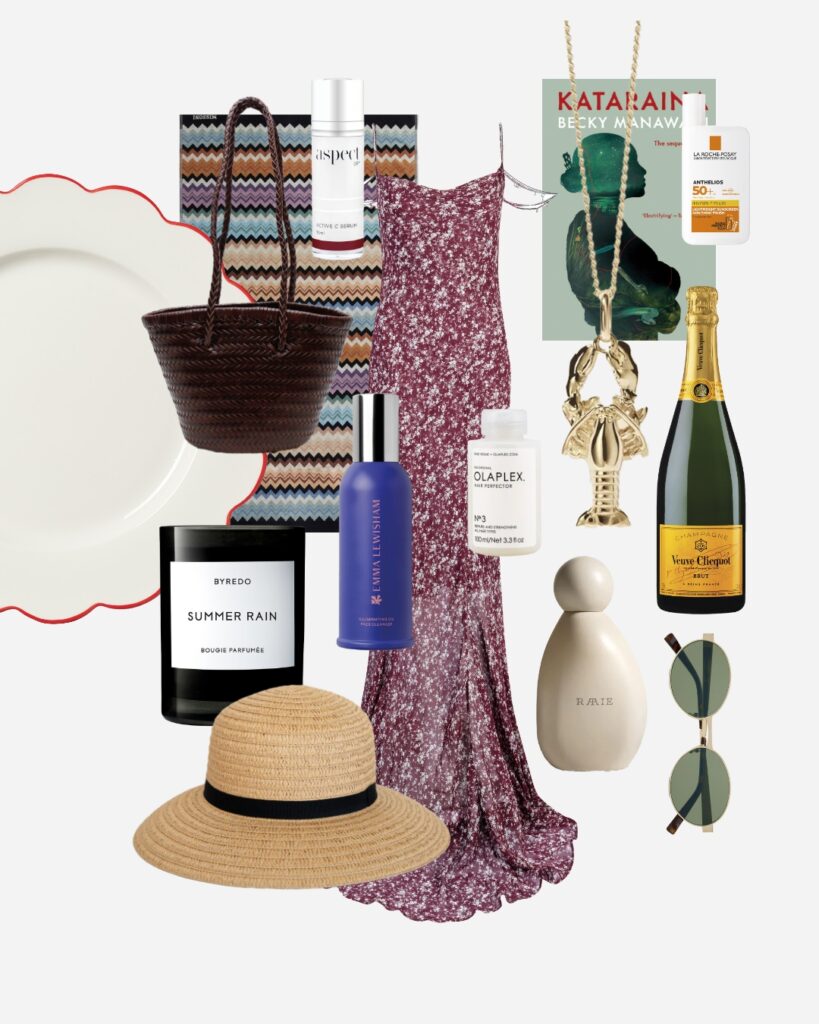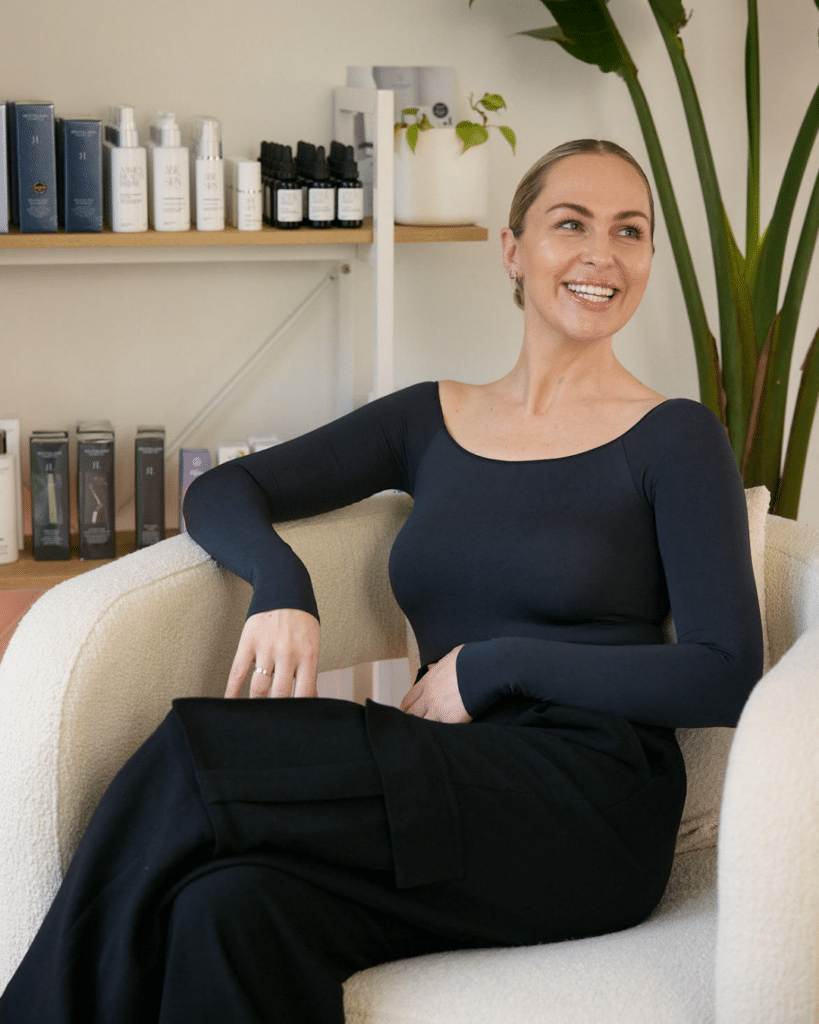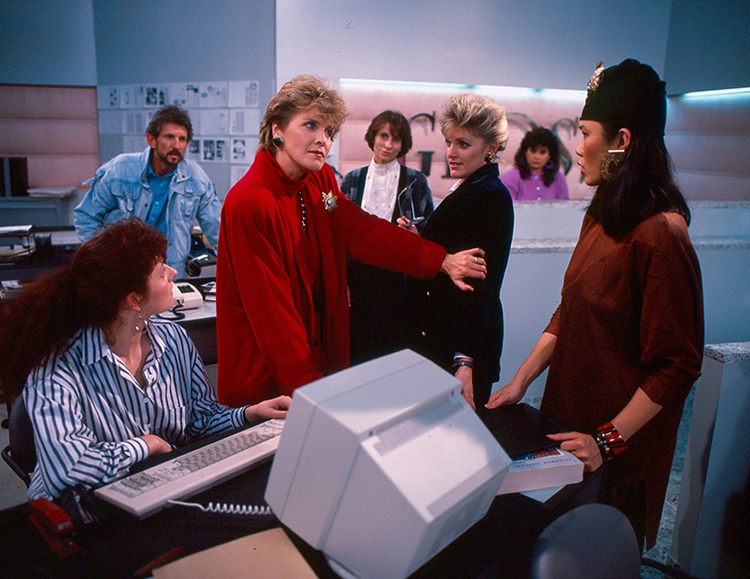
The archives of New Zealand film and television unearth a rich heritage of looks that combine both fashion and culture.
We look back on some of our most memorable on-screen moments:
Buzzy bees, pavlova, paua shells and The Edmond’s Cookbook are Kiwiana icons, but when it comes to our sense of national pride, there’s something to be said for the way our most-loved films and television shows have cemented our identity, both in fashion and culture. To celebrate our formative on-screen heritage, we’ve taken a retrospective look at some of our iconic moments and identified the memorable roles that fashion and culture have played.
Costume designers of local productions have played an important role in cultivating the local fashion industry, while also reflecting a truly unique sense of Kiwi style by creating looks from reworked op-shop and chain-store finds. From Shortland Street – our longest-running TV drama – to Outrageous Fortune and Go Girls, we can thank costume designers past and present for regularly giving local fashion walk-on parts. And from bland suburban vistas to epically beautiful landscapes, there’s always a Kiwi backdrop to lend a supporting role.
GLOSS (1987–1990)
It was New Zealand’s answer to Dynasty, the scandalous soap brimming with 80s excess where flamboyance was the name of the game and white stilettos and big hair reigned. Costume designer Enid Eiriksson and fashion designer Liz Mitchell conceptualised the costuming for the show, which centred around the wealthy Redfern family and their Auckland magazine empire. In the pre-sharemarket crash era, dressing was head-to-toe big.
Fans of the show held Gloss parties – dressing OTT and layering costume jewellery as did the ever-embellished Geeling Ng, Ilona Rodgers, Kerry Smith et al. The show celebrated the life and times of Auckland in the late 80s – wild parties, shoulder pads and flowing bubbly.
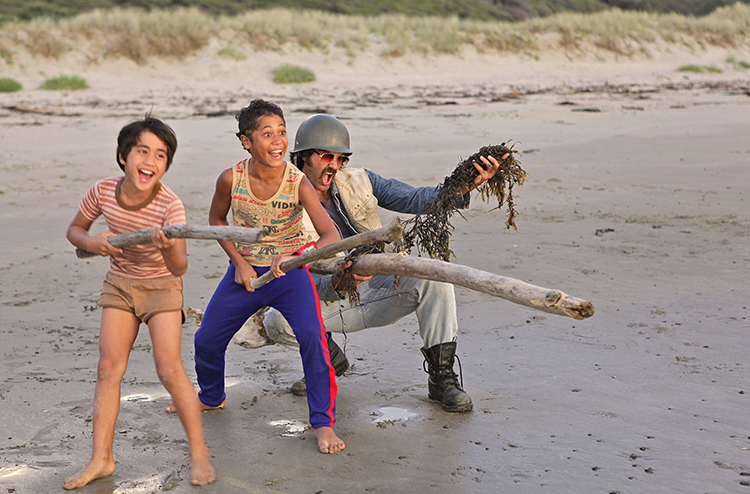
BOY (2010)
Set in the summer of 1984, when Michael Jackson’s Thriller was storming the charts, the heart-tugging story of Boy uses the superstar’s far-reaching influence as a backdrop in a rural Bay of Plenty community.
“[Michael Jackson] created a world for himself that any child would if they had millions of dollars. He had zoo animals and a railway in his backyard and Pepsi coming out of the faucets and wore crazy clothes. He could also dance like someone from another planet,” says the film’s writer/director Taika Waititi, who was also obsessed with MJ as a kid. It’s the title character Boy’s love of the singer that inspired the film’s more fantastical side and energetic visual style; the image of Boy’s father Alamein (played by Waititi) paying homage to the Thriller vinyl LP centrefold, or Boy using his best Jackson impression to win over his school crush.
The intentional dagginess of the film is synonymous with the era and the isolated East Coast location, which Taika insists is still much the same today. “Nobody has expensive cars because there’s absolutely no need for them,” he says. “There’s no cellphone coverage either, because we don’t need cellphones there. So life becomes simple. It is this amazing world that I wanted to capture and show on screen.” Naturally, the costume department responded with the simplicity of short shorts, singlets, T-shirts, jeans and track pants – all a boy needs.
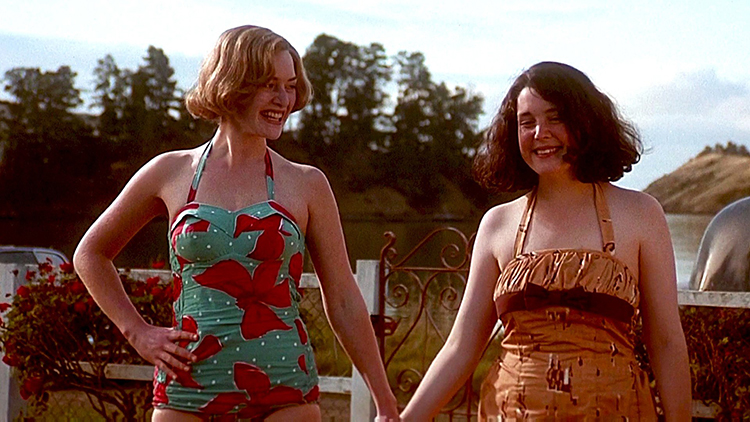
HEAVENLY CREATURES (1994)
A film about beauty, independence, violence and love, Heavenly Creatures has been described by its costume designer Ngila Dickson as “almost a perfectly costumed film”. The Peter Jackson-directed cinematic masterpiece tells the true story of the notorious 1954 Parker-Hulme murder case in Christchurch and the obsessive relationship between the protagonists Pauline Parker and Juliet Hulme, roles which launched the careers of Kate Winslet and local actress Melanie Lynskey.
From the feminine pink gingham and floral dresses cinched in so lady-like at the waist, to pin-up-style swimsuits and prim school pinafores, the costuming assists the film’s transition between reality and fantasy through the narrative of Pauline’s diary entries. The innocent appearance of the infatuated girls neatly belied their twisted world.
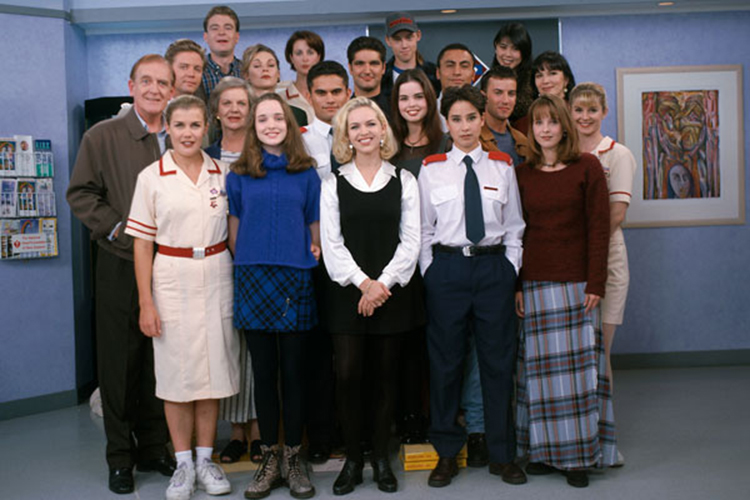
SHORTLAND STREET (1992–now)
They’ve worn everything from lilac scrubs with colour-popping polyprops, traditional blue button-up smocks and buttery yellow shirt dresses with contrasting red belts. But while the nurses’ uniforms on Shortland Street have seen their fair share of changes over the past 25 years, the early days of our much-loved soap certainly hold some of the most memorable fashion moments. Who could forget Gina Rossi-Dodds’ tartan hats and gold drop earrings, Nick Harrison’s floppy mullet and penchant for grungy tees, the popped collar on Hone Ropata’s casual cool camel coat or receptionist Kirsty Knight’s high-waisted miniskirts?
“I try to use New Zealand fashion designers as often as possible as I feel their trends are extremely creative and fashion forward,” says Shortland Street’s current costume designer Nicola Newman. “I’m constantly receiving emails and feedback from the public asking ‘How can I get Harper’s style?’ or ‘Where do I shop for Rachel’s wardrobe?’, so I do feel as far as influencing fashion to our Shortland Street audience, we are doing a pretty good job.”
The show’s star style has received so much attention that for a while you could buy some of Shortie’s most covetable items online at buythelook.tv. Yes, it was at once possible to click and buy one of fashionista Lana Jacobs’ eye-catching two-pieces or Sophie McKay’s cute baby-doll dresses, but iconic outfits like Tiffany Pratt’s red wedding dress or Ellen Crozier’s nurse’s uniform remain safely in the archives.
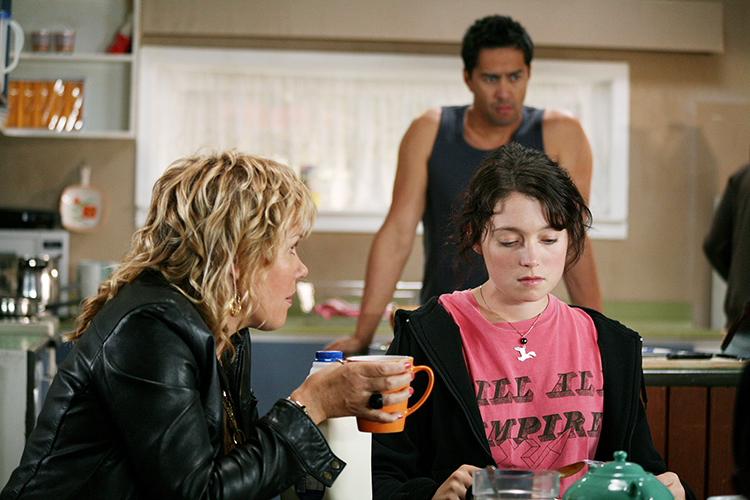
OUTRAGEOUS FORTUNE (2005–2010)
You wouldn’t expect a designer line-up of Kate Sylvester, Karen Walker, Charlotte Penman, Meadowlark and Stolen Girlfriends Club to grace the wardrobes of west Auckland’s most notorious family, but after years transfixed by Outrageous Fortune, we know there’s much more to westies than faded black jeans and leopard print. After all, Grandpa got married in Crane Brothers and Loretta tied the knot in Cybele.
Costume designer Katrina Hodge’s Tumblr account is full of questions from fans asking where they can purchase Loretta’s black beaded necklace or Pascalle’s denim skirt from episode 16, season 5 (it’s Mala Brajkovic, FYI). The media also celebrated the show – the Dominion Post featured a piece on ‘How to get Loretta’s look’ and Campbell Live gave presenter Emma Keeling her own westie makeover. “Viewers embraced the family with such passion it was truly heart-warming,” says Katrina.
It was our love of the show that saw 30,000 fans consume Auckland Museum’s Outrageous Fortune: The Exhibition in 2010. It included this quote from Kate Sylvester: “I was channel surfing one night when I spotted a Kate Sylvester top on screen. My first thought was, ‘Who is that slapper and how dare she wear Kate Sylvester?’ (Back to front for more cleavage!) Next week I thought, ‘Hmmm, wonder if that slapper is wearing my top again…’ I was hooked, fallen madly in love with the greatest TV ever made in NZ.”
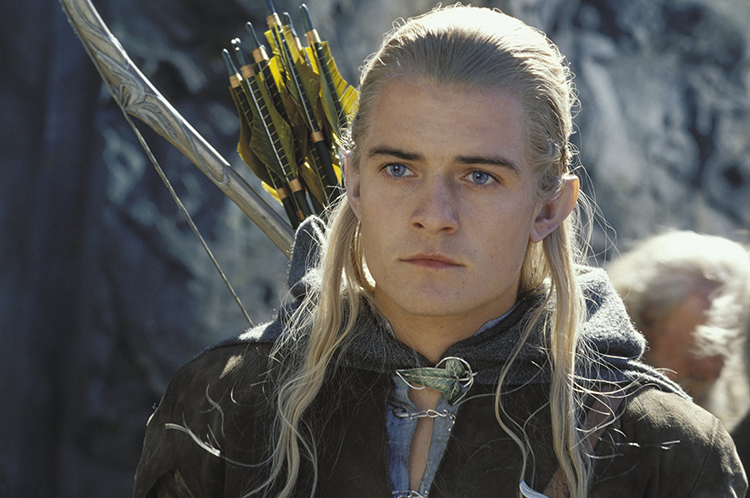
THE LORD OF THE RINGS TRILOGY (2001–2003)
New Zealand’s rugged landscape has been the backdrop for the likes of Xena, Hercules, The Last Samurai and The World’s Fastest Indian, but it was Lord of the Rings that really put ‘Middle-earth’ on the map. Working with a team of 50 tailors, embroiderers, cobblers and jewellers, costume designer Ngila Dickson clothed hundreds of characters and said it was her time working for Xena and Hercules that gave her the technical experience – dyeing, embroidery and weaving – needed to make the clothing authentic.
Back in the real world, several designers sent models down the runway donning pieces that wouldn’t look out of place on Middle-earth’s finest; Zuhair Murad, Balenciaga, Elie Saab and Armani produced whimsical gowns and golden armour that were akin to the likes of Nienna, Dis and the Rivendell elves. Forget Live Action Role Play and back-alley gamers, LOTR brought mythology to the mainstream.
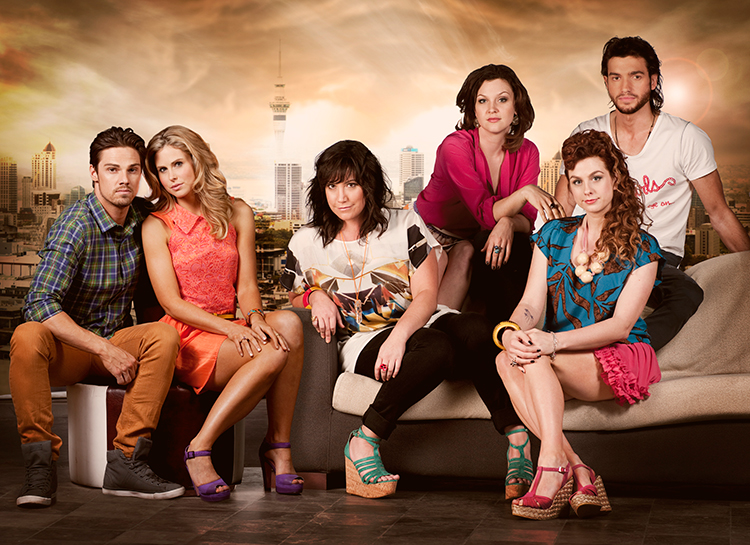
GO GIRLS (2009–2013)
‘Shore girl, sure thing’ is a saying women on Auckland’s North Shore have rolled their eyes at. But when Go Girls, set north of the harbour bridge, screened in 2009, it became more about individual fashion and style than a stigma. Costume designer Sarah Voon put pieces together in unexpected ways, showcasing a high-low mix of local fashion and chain-store buys.
“The fact that each character had a unique style carefully archived and added to throughout the show using vintage pieces, chain-store finds (often modified), specially designed costumes, begged and borrowed items from most of the costume team, and of course NZ designer labels galore, had its influence in subtle ways,” says Sarah, who won best costume design for Go Girls at the 2012 New Zealand Television Awards. “Many of the questions about where to find certain items were met with surprise if I said ‘Ezibuy, but we cut 20cm off the hem, added a lace collar, a vintage belt and changed the buttons’ or ‘my nanna-in-law found it at a church gala day.”
Sarah says people were “hungry” to see what the characters would be wearing each week. “Fans always had an opinion and I was pleased about that.”
Words: Lucy Slight


